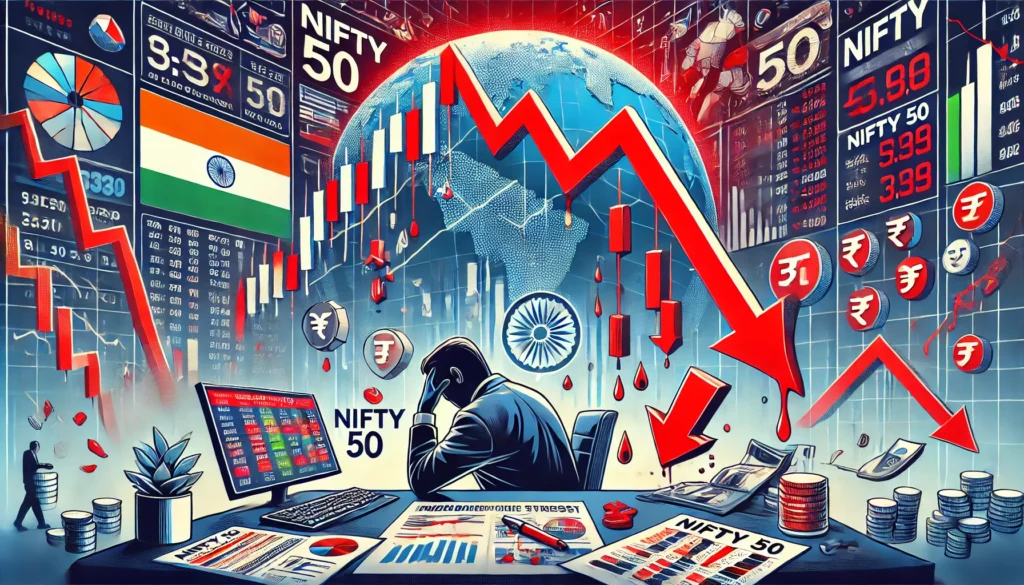Current Status of the US Markets
Due to heightened worries about new tariff policies coupled with an economic performance that was worse than anticipated, the US equity markets experienced a major sell-off on April 01, 2025. The American stock market was led lower by the approximately 400-point drop in the Dow Jones Industrial Average, which paved the way for other indices, the S&P 500 and the Nasdaq Global, to also close in the negative zone. The rapid inflation in the economy, fears pertaining to the escalation of trade conflicts, and a slowdown in the job market have made investing extremely risky.
And again, as American foolishly throw money chasing oil, the recent report indicates that price for oil is slated to hit 100 US dollars by September of 2024. As a result of this price surge, the futures market has stated prices for salt to 1600 and 900 dollars, while the price of gas has hit a dramatic high of 32 dollars. The target GDP growth set by the federal reserve hovers around 26% and again they expect unemployment rate to decrease to around 6.5%. A lot easier said than done and about as fictional of a target.
The Impact of the Issue on India’s Stock Market
The Indian stock market has been known to respond to U.S. stocks in the past. Since international investors tend to follow the U.S. market, a substantial drop in the indices on Wall Street can result in bearish sentiments in the Indian stock markets. Here’s how the Indian stock markets can respond:
Sentiment and Volatility—A deep plunge in U.S. stocks usually results in herding behavior as global investors withdraw capital from riskier markets, causing increased volatility in Indian indices such as Nifty 50 and Sensex.
Foreign Institutional Investment (FII) Flows—In case international investors reduce exposure to emerging markets due to increased volatility in the U.S. market, India stands to lose FII, which puts downward pressure on stock valuations.
Impact on Currency— A slowing U.S. economy could mean movements in the dollar, which has a bearing on the Indian economy. A weaker dollar would lead to depreciation of the rupee, which can increase inflation, especially in sectors sensitive to imports.
Impact on Sectors— Export-driven sectors such as IT services that depend on the U.S. economy would face problems in the event of a slowdown in the American economy.
What Indian Investors need to do?
With all the volatility in international markets, Indian investors need to focus on the following:
Diversification—Investments should be separated between various asset classes because it reduces risk.
Defensive Sectors – Stocks in industries like FMCG, pharma, and utilities usually are always active but are stagnant when the market is down.
Long-term perspective—In the short term there will always be bumps in the road, but the broad picture over the long term is anchored to fundamentals.
Even though turmoil in the US market could cause knee-jerk reactions to sell in the short term out of India, long-term investors waiting for correction in the market will find it attractive as they will be able to scoop up quality stocks. Paying serious attention to the set trends and being active will help these markets navigate the next sessions of trading. By staying informed and adaptable, investors can better position themselves to capitalize on opportunities that arise from market fluctuations. Ultimately, a strategic approach that balances patience with proactive decision-making can lead to significant gains in the long run. This balanced strategy allows investors to remain responsive to changing market conditions while also fostering the discipline needed to avoid impulsive decisions. By combining these elements, they can enhance their potential for long-term success and profitability.



